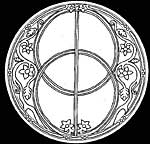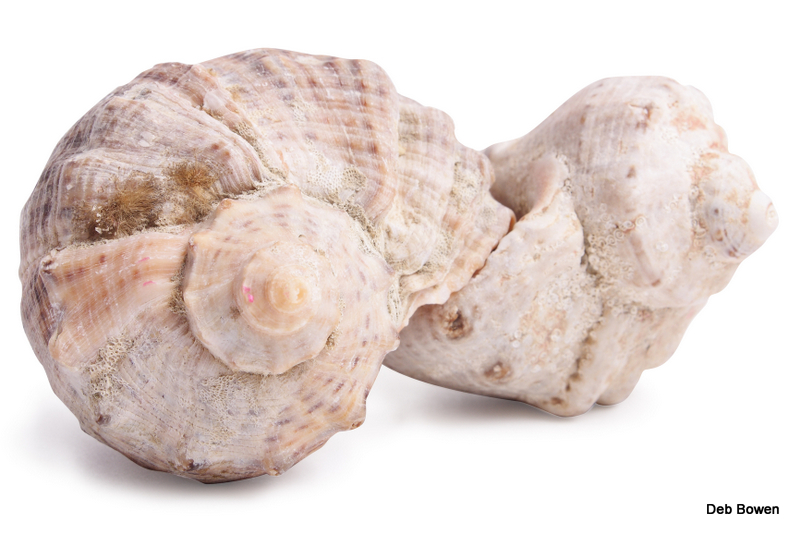 Vesica pisces is one of the building blocks of sacred geometry. The term is Latin, meaning “the vessel of the fish”. The two overlapping circles of equal size, with each circumference piercing the center of the other, create a mandorla, or almond shape, between them. When the circles are drawn on top of each other, this horizontal mandorla becomes the outline of the Christian fish, used as a symbol drawn in the sand with the toe, which allowed Christians to recognize each other in oppressive Roman times. When the circles are drawn side by side, this vertical mandorla becomes the outline of the vulva of the Goddess, a much older universal symbol than the Christian one, of course. It can be seen on thousands of Goddess and Earth Mother statues excavated from sacred sites around the world, as well as surrounding thousands of pictures of Mary.
Vesica pisces is one of the building blocks of sacred geometry. The term is Latin, meaning “the vessel of the fish”. The two overlapping circles of equal size, with each circumference piercing the center of the other, create a mandorla, or almond shape, between them. When the circles are drawn on top of each other, this horizontal mandorla becomes the outline of the Christian fish, used as a symbol drawn in the sand with the toe, which allowed Christians to recognize each other in oppressive Roman times. When the circles are drawn side by side, this vertical mandorla becomes the outline of the vulva of the Goddess, a much older universal symbol than the Christian one, of course. It can be seen on thousands of Goddess and Earth Mother statues excavated from sacred sites around the world, as well as surrounding thousands of pictures of Mary.
The image above is almost identical to the well cover on the Chalice Well in Glastonbury, England. Glastonbury, as I mentioned in a post last week is the “holiest earthe in England,” the crossroads where Christianity and Goddess-worship meet.
Jean Bolen, in Crossing To Avalon, writes that the rod running through the center of the vesica pisces represents the union between earth and heaven, between Mother Goddess and Father God; where timelessness intersects with time, where the visible and invisible worlds intersect.
For me, the vesica pisces has become the meaning of sacred pilgrimage. I am healed by this rod of connection. I am both the recipient of Grace and was Grace itself.


Leave A Comment
You must be logged in to post a comment.